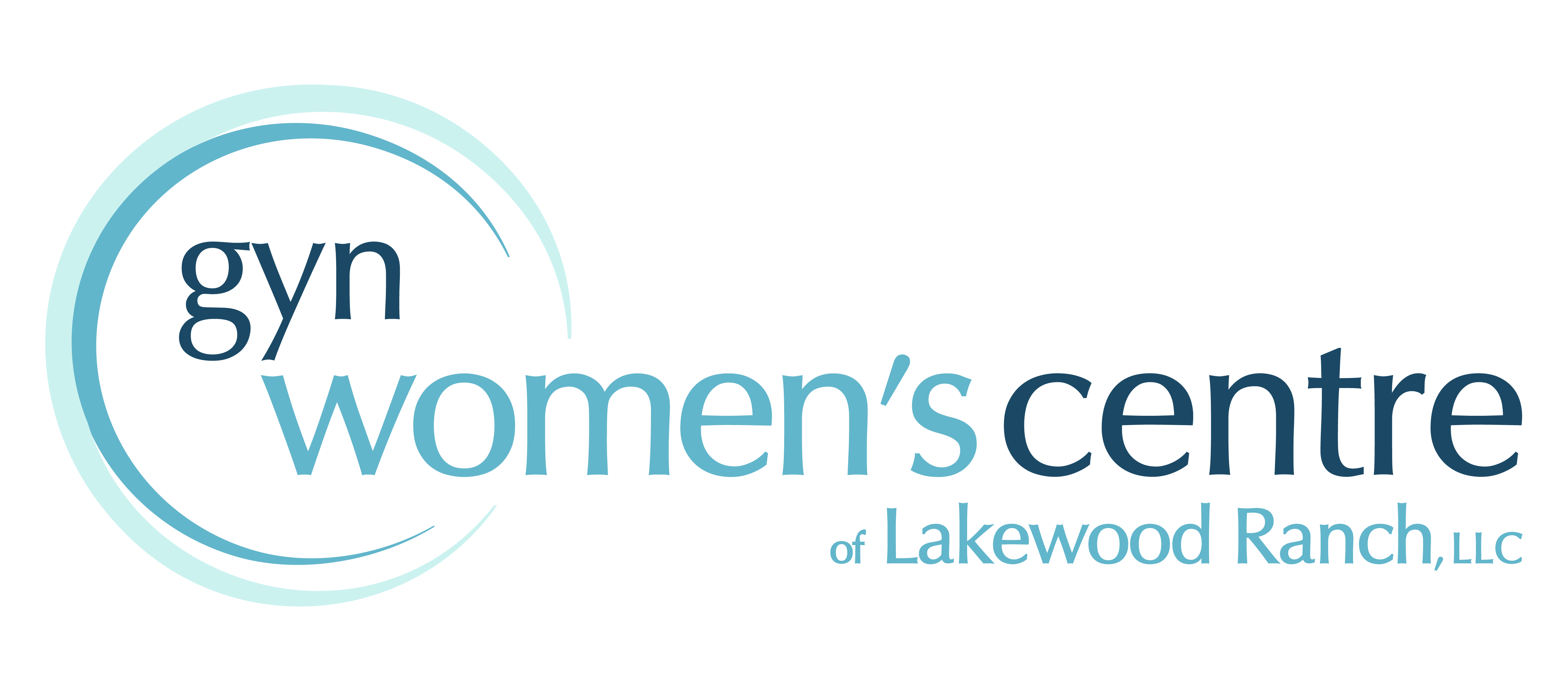Want to learn more about stem cells? You might have heard about how stem cell therapy helps those with serious diseases. Care to take a closer at what they are used for or why they are used? We will cover some ground on where they are retrieved from prior to being used in stem cell therapy.
What are stem cells?
Stem cells are essentially the body’s raw materials – from which all others with specialized functions are generated. Stem cells divide to form more cells, known as daughter cells. Under the right conditions, they can form in the body or in a laboratory.
The daughter cells can either become new stem cells (self-renewing) or they can become specialized cells (differentiated) with more of a specific function like blood cells, heart muscle cells, or bone cells. Stem cells have the natural ability to generate new cell types.
Why are stem cells being used?
Researchers and doctors believe that stem cell studies can help in the following areas:
- To help us to have a better understanding of how diseases occur. By observing stem cells mature into cells in bones, heart muscle, nerves along with other organs and tissue.
- Producing healthy cells to replace diseased cells – also known as regenerative medicine. These stem cells can be directed into becoming specific cells. As a result, these cells can be used to regenerate and repair damaged or diseased tissues in people.
- Testing new drugs for safety and effectiveness. Before investigating certain drugs on humans, testing can begin on these cells for their quality, safety, and effectiveness. For example, if there is a new medication created that has the potential to help those with nerve damage. Testing the new medication on the cells can help to determine if the medication has a harmful or positive effect.
Who could potentially benefit from stem cell therapy?
Patients with spinal cord injuries, type 1 diabetes, Parkinson’s disease, amyotrophic lateral sclerosis, Alzheimer’s disease, heart disease, stroke, burns, cancer, and osteoarthritis.
Where do stem cells come from?
Embryonic stem cells – Retrieved from embryos that are approximately three to five days old and have about 150 cells. These are referred to as pluripotent stem cells, meaning they can divide into more or have the potential to become any type of cell in the body.
Adult stem cells – Are found in small numbers in most adult tissues, like bone marrow and fat. Compared to embryonic stem cells, the adult form is known to have a limited ability to generate other various cells of the body.
Adult cells that are altered to have the properties of embryonic stem cells – Scientists have been able to successfully transform regular adult cells into stem cells using genetic reprogramming. Researchers are capable of altering the genes in adult cells. From there they can be reprogrammed to act similar to the embryonic version.
Perinatal stem cells – They have been discovered in amniotic fluid (during amniocentesis) as well as umbilical cord blood. From there they are capable of changing into specialized cells.
Now that we discussed the what, why, and where… Are you curious to know how successful stem cell therapy actually is? Well, just like everything else, that may depend on multiple factors. However, Emory shares “75-80% of our patients have had significant pain relief and improved function of the joint following the procedure(s).”
We do offer stem cell collection services here at OB-GYN Women’s Centre of Lakewood Ranch. The more you know about the topic the better equipped you will be in making the decision if presented with the option. If you have questions or are interested in receiving more information, please feel free to contact our office to learn more.




